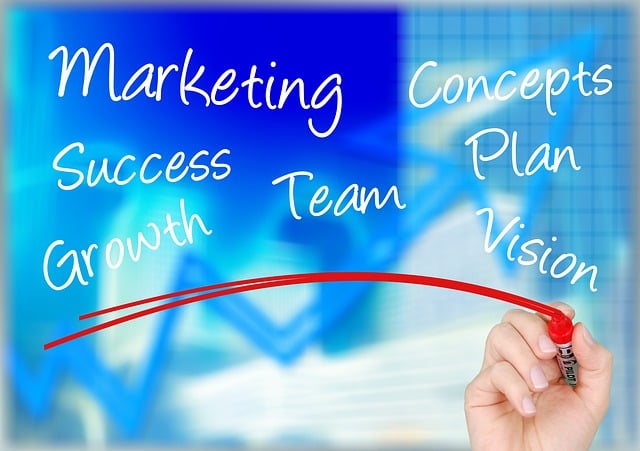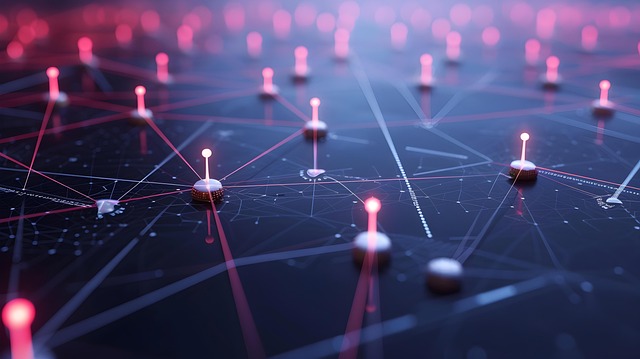AI image recognition is transforming talent acquisition by offering unparalleled consistency and accuracy in candidate screening, eliminating formatting inconsistencies, and focusing on predefined criteria. This technology streamlines recruitment processes, saves time, enhances security, and promotes a positive employer brand. While automating hiring can improve efficiency and minimize bias, balancing automation with human oversight is key to maintaining a positive candidate experience. AI image recognition for plating consistency ultimately leads to better hiring decisions by emphasizing skills, qualifications, and experiences.
In today’s digital era, AI business talent acquisition automation is revolutionizing the way companies source and hire top talent. By leveraging AI image recognition for consistent platemaking, organizations can streamline their recruitment processes and ensure a more efficient, accurate, and unbiased hiring experience. This article explores implementing AI automation in talent acquisition, delving into its benefits and challenges, while emphasizing the role of AI image recognition for plating consistency.
- Understanding AI Image Recognition for Consistent Platings
- Implementing AI Automation in Business Talent Acquisition
- Benefits and Challenges of AI-Powered Talent Acquisition Systems
Understanding AI Image Recognition for Consistent Platings

AI image recognition technology is transforming talent acquisition by enabling consistent and accurate plating, a critical aspect often overlooked in automation. This advanced capability goes beyond basic candidate screening; it involves using machine learning algorithms to analyze and interpret visual data from resumes and CVs. By focusing on AI image recognition for plating consistency, recruiters can ensure that every application is evaluated based on predefined criteria, eliminating biases and subjective judgments.
This method ensures that qualified candidates are not overlooked due to formatting inconsistencies or visual presentation differences. With AI, the focus shifts to what matters most: the skills, qualifications, and experiences outlined in the document. Consistent plating directly contributes to a fairer and more efficient recruitment process, ultimately leading to better hiring decisions.
Implementing AI Automation in Business Talent Acquisition

Implementing AI automation in business talent acquisition processes offers a promising path to enhanced efficiency and improved candidate experiences. Artificial Intelligence, particularly with its capabilities in image recognition, can streamline various stages of recruitment. For instance, AI algorithms can be employed to sift through vast volumes of resumes, identifying key skills and qualifications with remarkable accuracy. This initial screening process not only saves time but also ensures a level of consistency that human recruiters might find challenging to maintain across numerous applications.
Furthermore, AI image recognition can be leveraged in the onboarding phase, verifying candidate identities through document checks and ensuring data integrity. This technology promises to mitigate risks associated with fraud or identity mismatch, adding an extra layer of security to the talent acquisition process. By integrating such innovations, businesses can create a more structured and reliable recruitment framework while promoting a positive impression of their employer brand.
Benefits and Challenges of AI-Powered Talent Acquisition Systems

AI-powered talent acquisition systems are transforming the way businesses source and hire top talent, offering numerous benefits. These systems leverage AI image recognition for plating consistency, ensuring a standardized and efficient process. By analyzing resumes and candidate profiles at scale, AI algorithms can identify qualified applicants quickly, reducing the time spent on manual screening by HR professionals. This not only speeds up the hiring process but also minimizes human bias, leading to more diverse and inclusive talent pools.
However, challenges remain in implementing these advanced systems. Data privacy concerns are a key issue, as AI models require access to sensitive candidate information. Ensuring the security and ethical use of this data is crucial for maintaining trust. Additionally, while AI can streamline processes, it may also lead to potential losses in personal connection and empathy during the hiring journey, requiring careful balance and human oversight to maintain a positive candidate experience.
AI automation in talent acquisition, driven by advancements in AI image recognition for consistent plating, offers significant benefits such as faster processing times, enhanced candidate screening, and more objective decision-making. However, challenges like data privacy concerns, potential bias in algorithms, and the need for continuous system optimization must be addressed. As organizations embrace these systems, investing in robust training programs and maintaining ethical standards will ensure AI talent acquisition becomes a game-changer rather than a mere aid.
